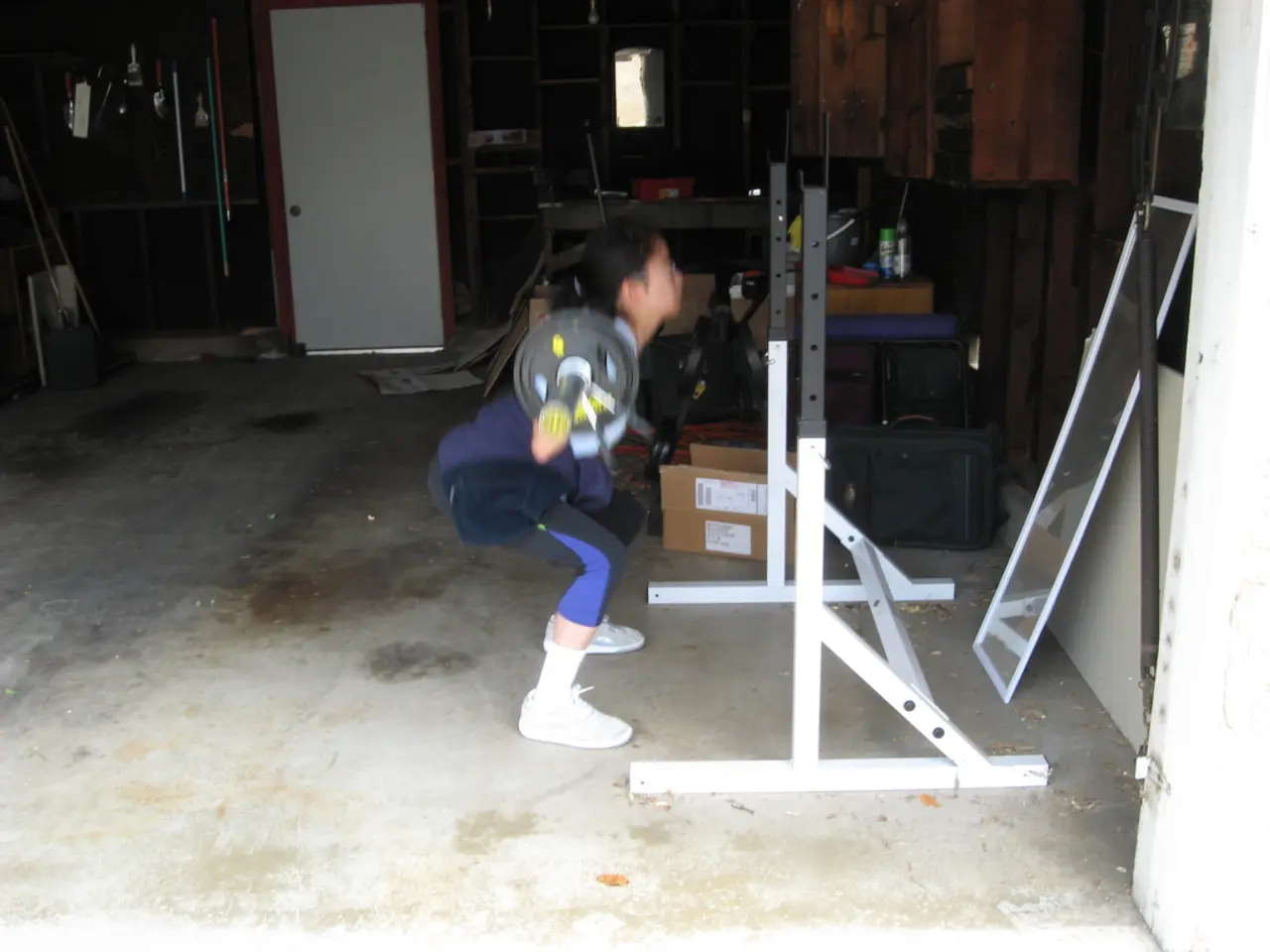Distinguishing Facial Expressions: Evaluating the Emotional Perception of Physical Activity in Both Active and Less Active Individuals
In a recent study, researchers aimed to identify the affective valuation of exercise through facial expressions, using an emotional Stroop task combined with automatic facial expression analysis.
The study found that the affective valuation of exercise significantly influences facial expressions, by modulating emotional processing as captured through reaction times and expression patterns. Specifically, exercise-related emotional valuation can alter attentional bias in the emotional Stroop task, reflected in changes in facial expressions automatically detected during task performance.
Participants were asked about their normal exercise duration and were also subjected to an emotional Stroop task. In this task, they responded to exercise-related and control stimuli with a positive or negative facial expression. A software for automatic facial expression analysis was used to capture subtle changes in participants' facial movements and emotions that correlated with their affective valuation of the exercise stimuli or concepts.
Interestingly, the study revealed that participants who reported less exercise and had a more negative reflective evaluation of exercise initiated negative facial expressions on exercise-related stimuli significantly faster than those who exercised more often. Regression analysis further supported this finding, indicating that those who reported less exercise and a more negative reflective evaluation of exercise initiated negative facial expressions on exercise-related stimuli significantly faster than those who reported exercising more often.
The study did not investigate the reasons behind participants' affective valuation of exercise, the effect of exercise duration on participants' affective valuation of exercise, or the effect of exercise duration on the speed of positive facial expressions in response to exercise-related stimuli.
Despite these limitations, the study provides valuable insights into the role of affective valuation in exercisers' and non-exercisers' automatic valuations of exercise. The findings suggest that the affective valuation of exercise shapes both cognitive performance in emotional Stroop tasks and the facial expressions exhibited during such tasks, evidencing the embodied nature of emotional appraisal in exercise contexts.
This research builds upon previous studies that have shown emotional Stroop tasks reveal attentional biases influenced by emotional valence and arousal affecting cognitive and facial responses. Additionally, automatic facial expression analysis can reliably detect emotion recognition and subtle emotional responses. Positive emotions, such as those related to favorable exercise valuation, are known to broaden cognitive and emotional repertoires, potentially leading to distinct facial expression patterns during tasks.
In conclusion, the study offers a unique perspective on the role of affective valuation in exercise, demonstrating a direct behavioral and physiological linkage between how people emotionally appraise exercise and how it manifests in their spontaneous facial expressions during cognitive-emotional conflict tasks. For future research, it would be interesting to investigate the reasons behind participants' affective valuation of exercise, the effect of exercise duration on participants' affective valuation of exercise, and the effect of exercise duration on the speed of positive facial expressions in response to exercise-related stimuli.
- The research further highlights that the field of health-and-wellness, including fitness-and-exercise and mental-health, can greatly benefit from the study of biometric data, such as facial expressions, as they provide insights into people's emotional appraisal of exercise.
- Progress in science, particularly in the areas of psychology and biometric data analysis, can help elucidate why some individuals hold a more negative reflective evaluation of exercise, and how this may influence their physical and emotional responses during exercising.




